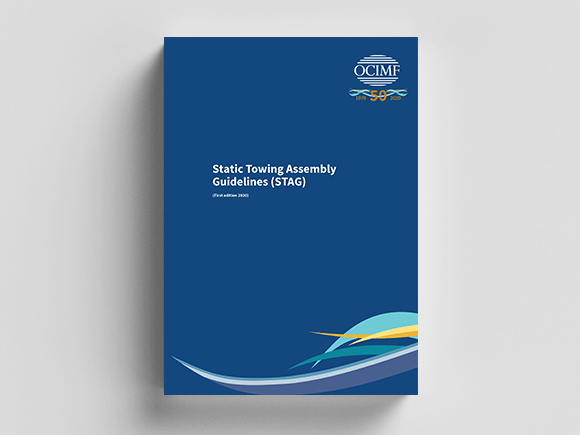The purpose of this information paper is to provide technical guidance on selecting fit for purpose towing assemblies that minimise risk of injury to crew members or damage to equipment, and to optimise the effectiveness of static towing operations.
This paper discusses the technical factors that tug operators should consider, in collaboration with terminal operators, when selecting the components of towing assemblies for static towing operations at both Single Point Mooring (SPM) and Floating (Production) Storage and Offloading(F(P)SO) terminals.
The recommendations in this information paper come from extensive industry data gathering and a technical study. This study had pre-determined inputs, which do not represent all the variables found in static towing operations. Variables include tug size, constant pull or on‑demand pull, tanker size, equipment specifications and environmental conditions. Therefore, it is recommended that operators carry out their own due diligence when designing a towing assembly.
OCIMF does not recommend using ship’s lines in static towing operations. This information paper’s guidance applies to dedicated, fit-for-purpose towing assemblies.
There is no international standard or, until now, any industry best practice guidance on static towing assemblies. Assembly configurations and compositions vary considerably across the industry and are usually selected based on operational experience. However, existing static towing assembly designs are rarely supported by technical studies.

